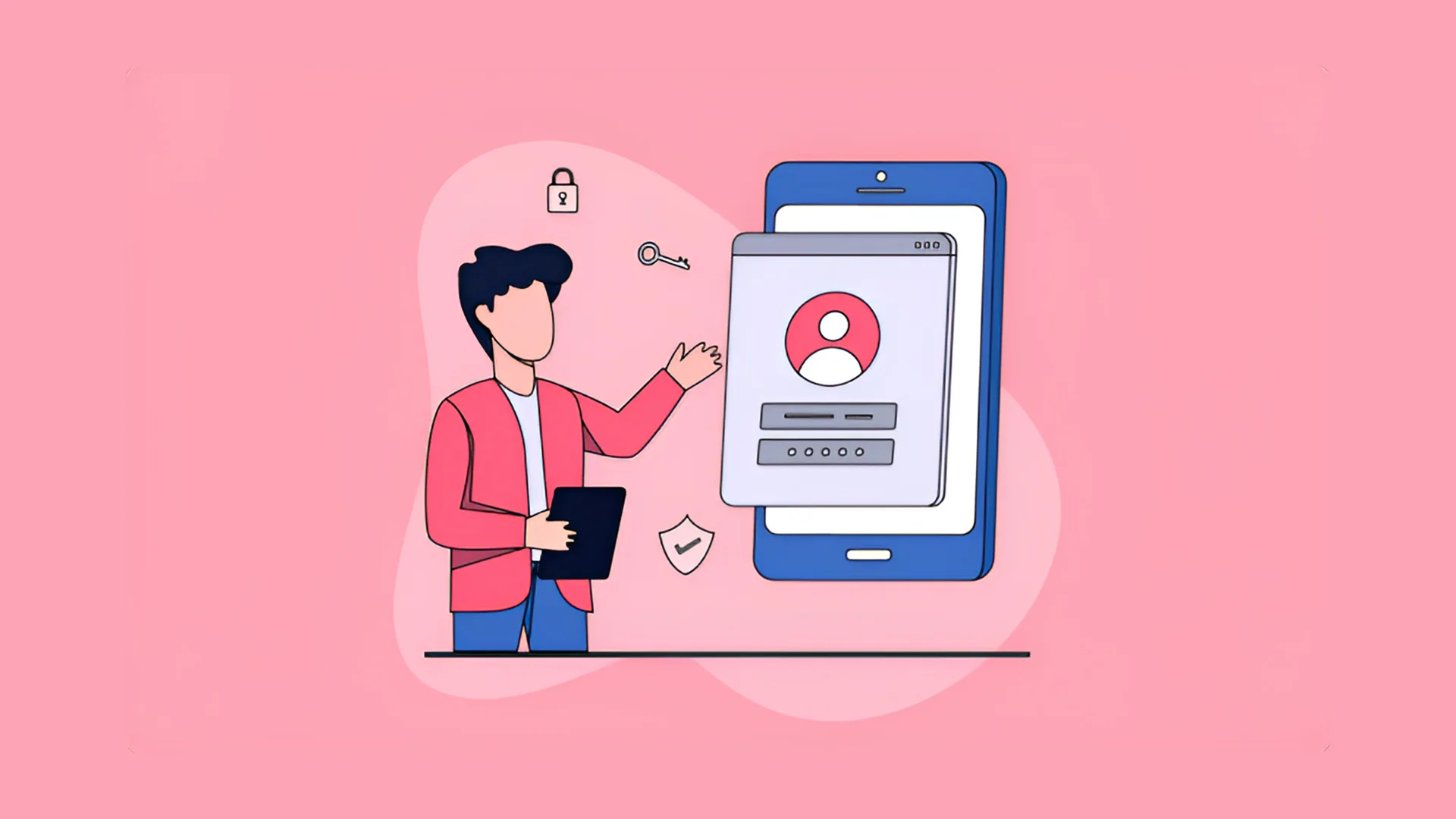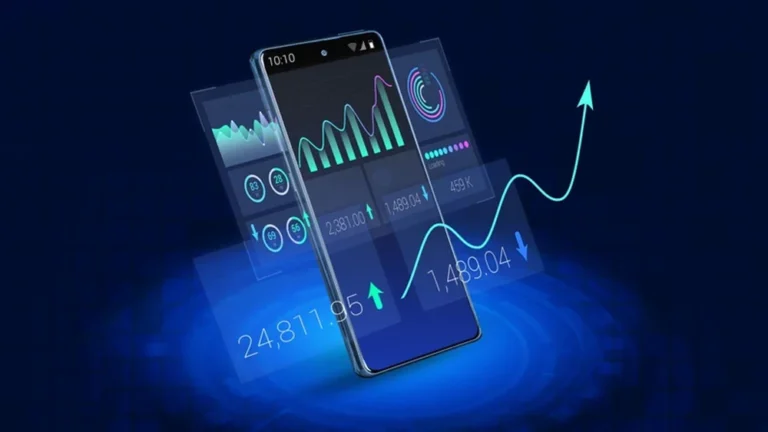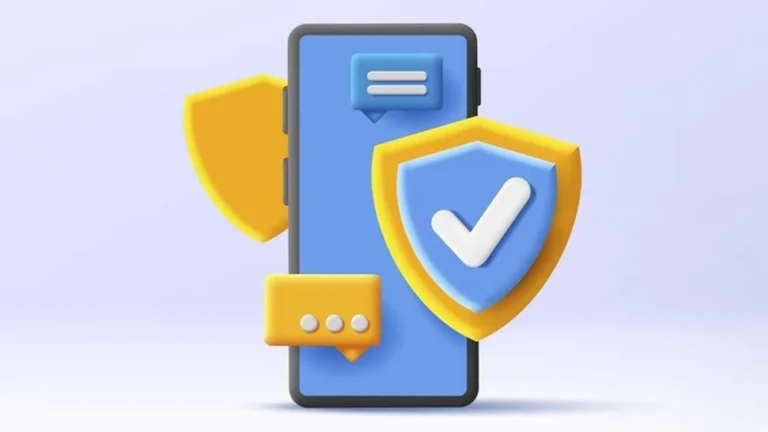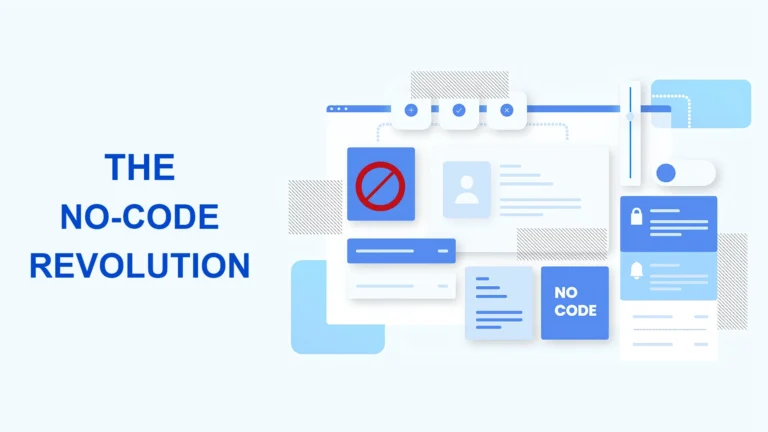You download a new app on your phone, and within moments, you’re able to navigate it smoothly and get exactly what you want from it. But there’s something you don’t see here, and that’s a sort of invisible shield that makes sure you can only access what you’re allowed to and that keeps your sensitive information safe. That shield? It’s powered by authorization.
Today, we rely on phones and apps way too much. Apps handle everything from personal data to key business operations, so getting authorization right is non-negotiable. The issue is, that’s not easy. Apps are used by millions of users with different roles, permissions, and actions, so managing who can do what can be… Well, not pleasant. Hardcoding access control is every developer’s worst nightmare because it’s prone to errors and breaches.
This is why we’re seeing so many mobile apps turn to authorization services, and in this article, you’ll see why every modern app needs them.
Creating great user experiences is what building modern apps is about, right? Yes—to an extent. Along with that, there’s also the matter of keeping users’ information safe. Apps are getting more complex, and making sure all data is secure is more important than ever. Unfortunately, that’s easier said than done.
Increased Attack Surface
Mobile apps hardly ever operate on their own. Usually, they’re connected to several back-end services, cloud storage, APIs, and external tools. Each of these connections is a potential entry point for hackers, which creates a so-called “increased attack surface.”
The more services the app relies on, the more exposed it is to cyber threats.
Complex User Roles and Permissions
Modern apps have a diverse base of users, like regular users, admins, partners, employees, etc. Each of them has different access needs. When you have to manage all these roles and permissions, things get complicated. Developers may start by hardcoding permissions into the app, but that approach is very prone to errors, it’s hard to maintain, and it makes future updates risky.
Without a simpler, better way to handle roles and permissions, there’s a big chance that users will get access to something they shouldn’t.
Compliance Requirements
GDPR, HIPAA, CCPA… Can you even name all the data privacy regulations we have in place these days? With so many of them, proper access control isn’t optional anymore; it’s required by law.
The regulations demand that all sensitive data is protected and can only be accessed by people with authorization. If you don’t comply with these rules, the result is a hefty fine if you’re lucky. If you’re not, it could be a lawsuit and a damaged reputation.
Benefits of Using Authorization Services in Mobile Apps

Mobile apps are all but simple, and for developers, that means a massive headache, especially as it grows. That is, unless you get some help. Authorization as a service has a lot of benefits, but if you were to sum them up in two words, it would be less headaches.
Simpler Way of Managing Permissions
Once the user base and the app itself start to grow, managing who has access to what becomes a nightmare. Authorization services can solve this issue because they provide a centralized system that manages roles and permissions.
No more manually updating permissions in the code. Now, you can easily make dynamic updates to the policy, without deploying new code.
Improved Security
Unauthorized access is one of the biggest risks in app development. Authorization services reduce this risk by enforcing well-defined, consistent access rules across the entire app. They also allow for fine-grained access control, which means that permissions can be as detailed as they need to be.
More Efficient Development
If you want to build access control systems from scratch, you do you, but you should know it takes a tremendous amount of time and work. Authorization services can handle this part of the job for developers and free up their time so they can focus on building core features of the app.
And since these services are made to be reliable and easy to integrate, there’s less chance of coding errors related to permissions. Fewer errors means fewer security patches, less maintenance, and more time to innovate.
Scales with the App
As an app grows, authorization services follow right along. They can easily adjust to changes like adding new roles or updating access policies without anyone having to make major changes to their underlying code. Developers don’t have to worry about rewriting or overhauling permission management every time the app grows.
Conclusion
Whether an app is successful or not doesn’t depend on just how fun or useful it is. Do you think Candy Crush would have amounted to anything if it hadn’t been able to keep its users’ information safe?
Apart from being functional, an app has to be safe. That can be a complicated process, or it can be simple—you decide.
nandbox App Builder
Modern apps use cutting-edge technologies to provide smoother user experiences, improved speed, and increased scalability. They frequently include intuitive interfaces, real-time data synchronization, and cross-platform interoperability, making them critical for enterprises looking to remain competitive in today’s digital market. With the nandbox App Builder, organizations can create fully configurable, no-code modern apps that are suited to their exact requirements. The platform provides a variety of capabilities, such as push alerts, in-app purchases, and real-time updates, allowing businesses to create high-performing apps fast and efficiently. Using nandbox, businesses can create smarter apps that engage users and achieve long-term success.





